Aston Martin's performance in Brazil, with Fernando Alonso's third place supported by Lance Stroll's run to fifth, surprised the Formula 1 paddock.
The AMR23 fell into limbo for several races immediately after the Canadian GP and it seemed that it was not destined to emerge despite the developments introduced during the season.
In Austin, a large aerodynamic package was introduced to the floor, the beam wing and the front bargeboards, all clearly inspired by Red Bull - but it had no positive effect.
At the Circuit of the Americas, a bumpy track, the team had effectively used the entire weekend as a test to validate the modification package.
The situation didn't evolve positively in Mexico too, partially due to the track characteristics in terms of low downforce generated due to the high altitude.
Viewed by others:
Interlagos swing for Aston Martin
But the change in characteristics at the Interlagos track allowed the team to precisely hit the ideal set-up right from FP1, including in terms of ride height.
The performance itself of the AMR23 should not be considered important, rather the fact that the engineers of the Silverstone-based team managed to find a precise correlation between the simulator and the track, demonstrating that the direction taken in the last development package was not wrong.
The biggest problem that the engineers, directed by Dan Fallows, encountered was not completely resolving and identifying the problems that had prevented the AMR23 from being competitive throughout the season.
In essence, if there had not been a demonstration of improvement in the performance and behaviour of the car in the last races, this would have represented the worst-case scenario for the team with a view to 2024.
However, it is equally correct to consider that the limits of the car could have been hidden precisely by the type of Interlagos track which already on paper was favourable to the F1 cars with a high-medium downforce configuration, such as the AMR23.
The positive fact that’s worth considering is that Aston Martin’s engineers have understood what mistakes not to make in identifying the basic concept of the next year’s car.
Don't miss out on any of the Formula 1 action thanks to this handy 2026 F1 calendar that can be easily loaded into your smartphone or PC.
Download the calenderMost read
In this article
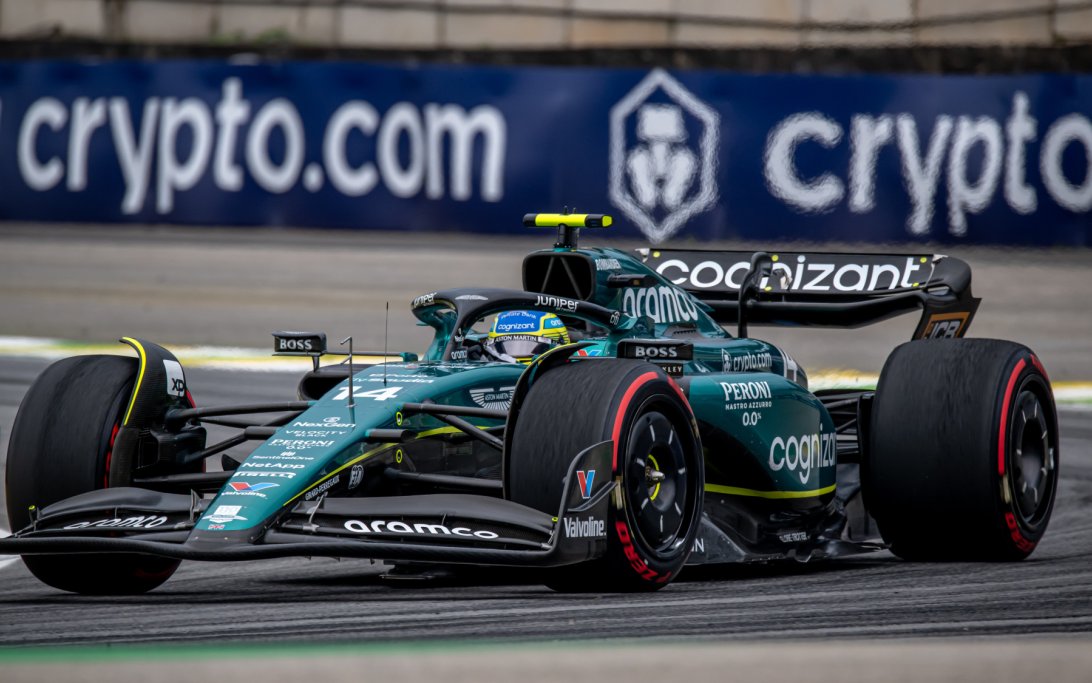
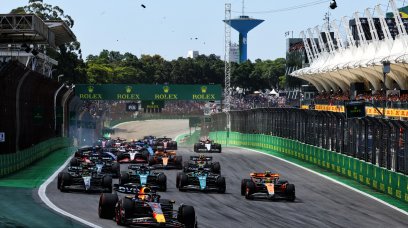
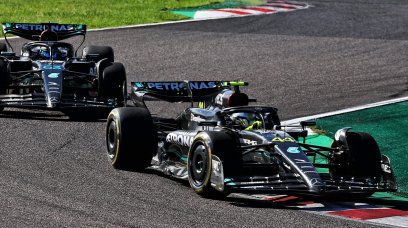

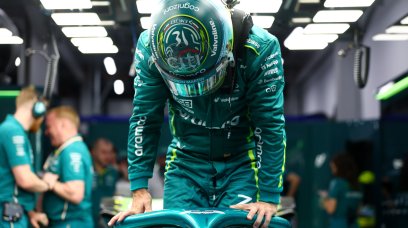


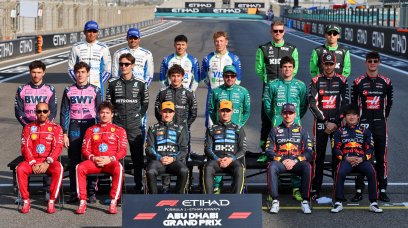

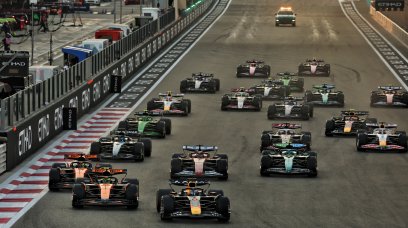

Join the conversation!